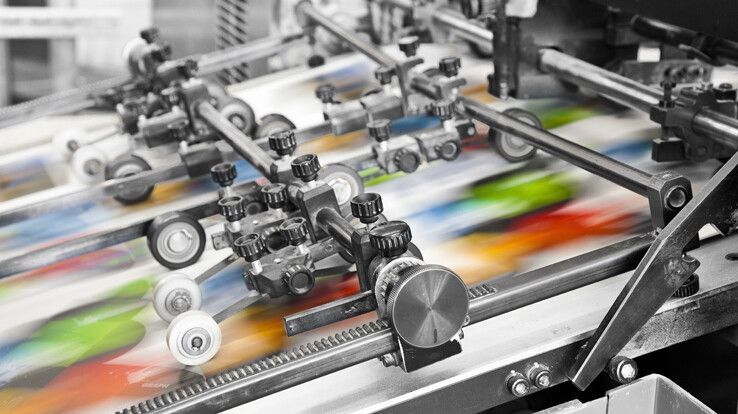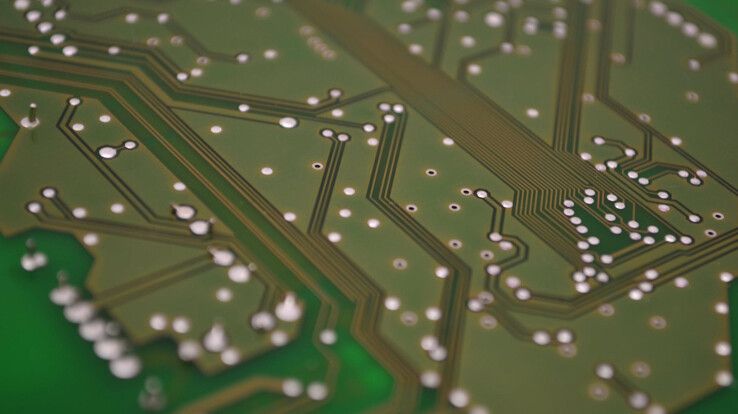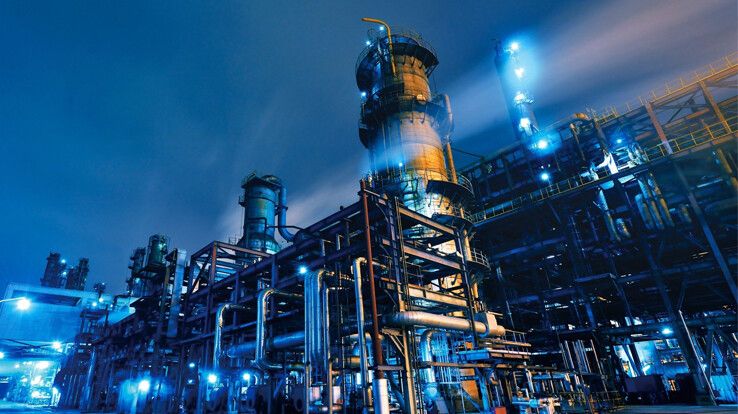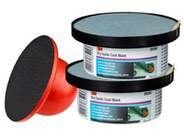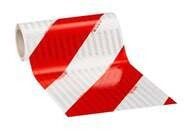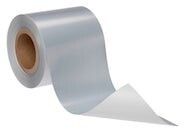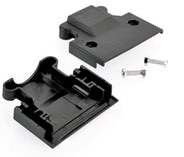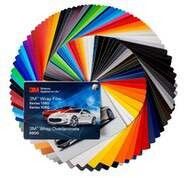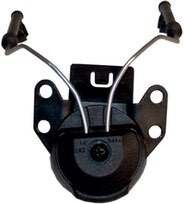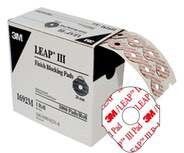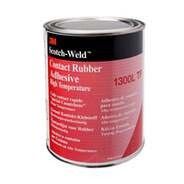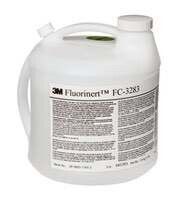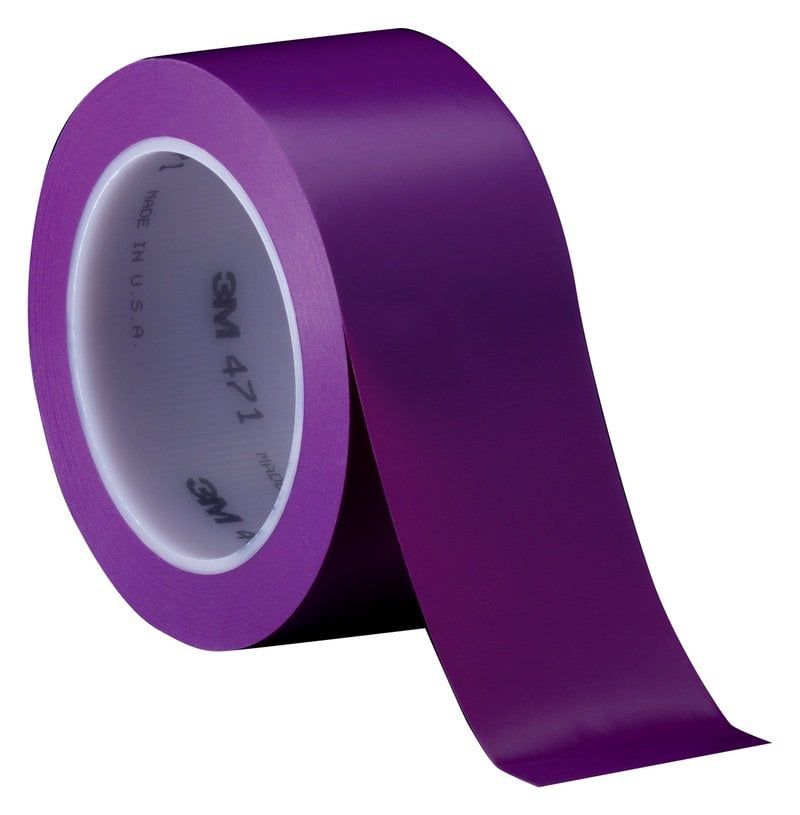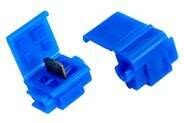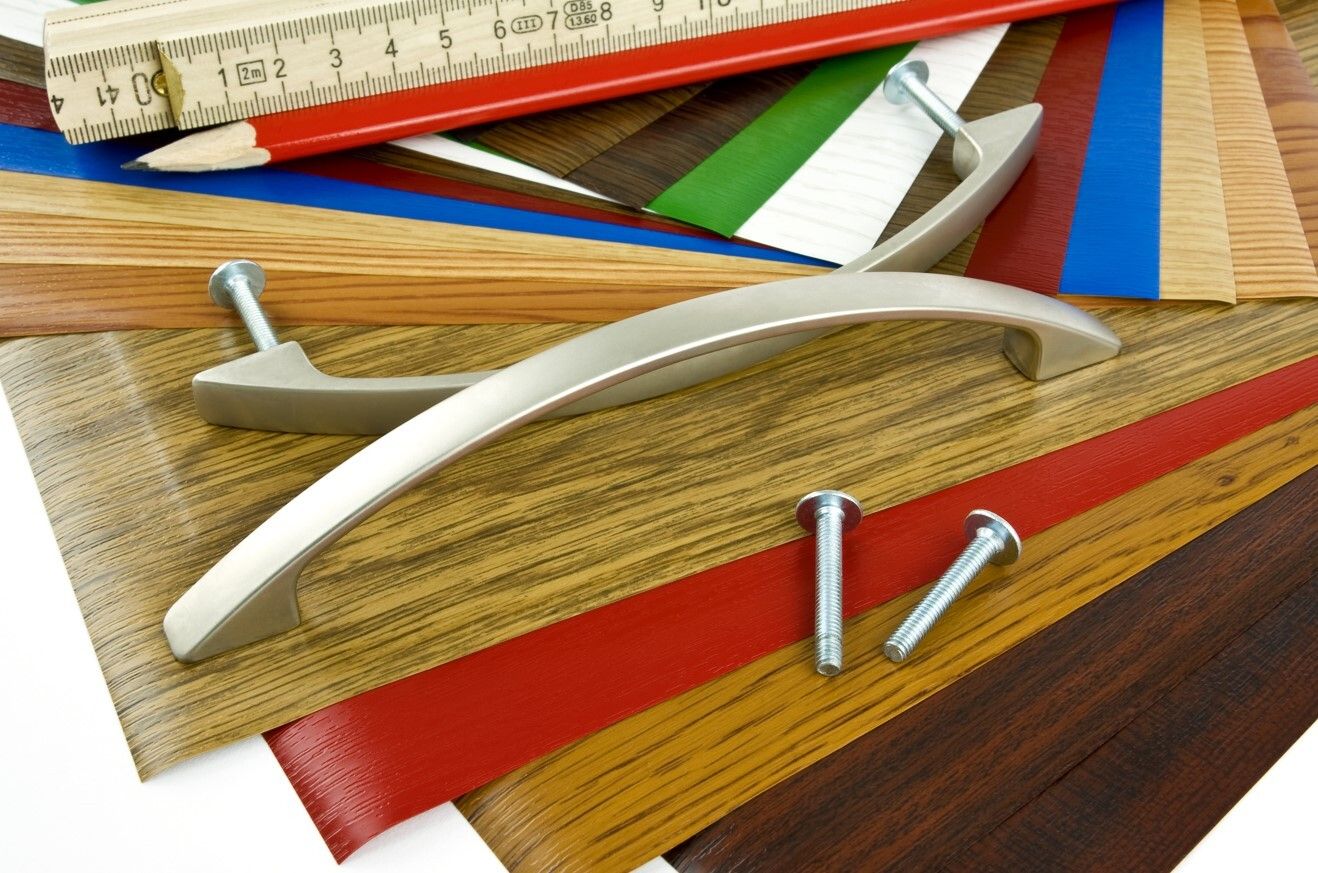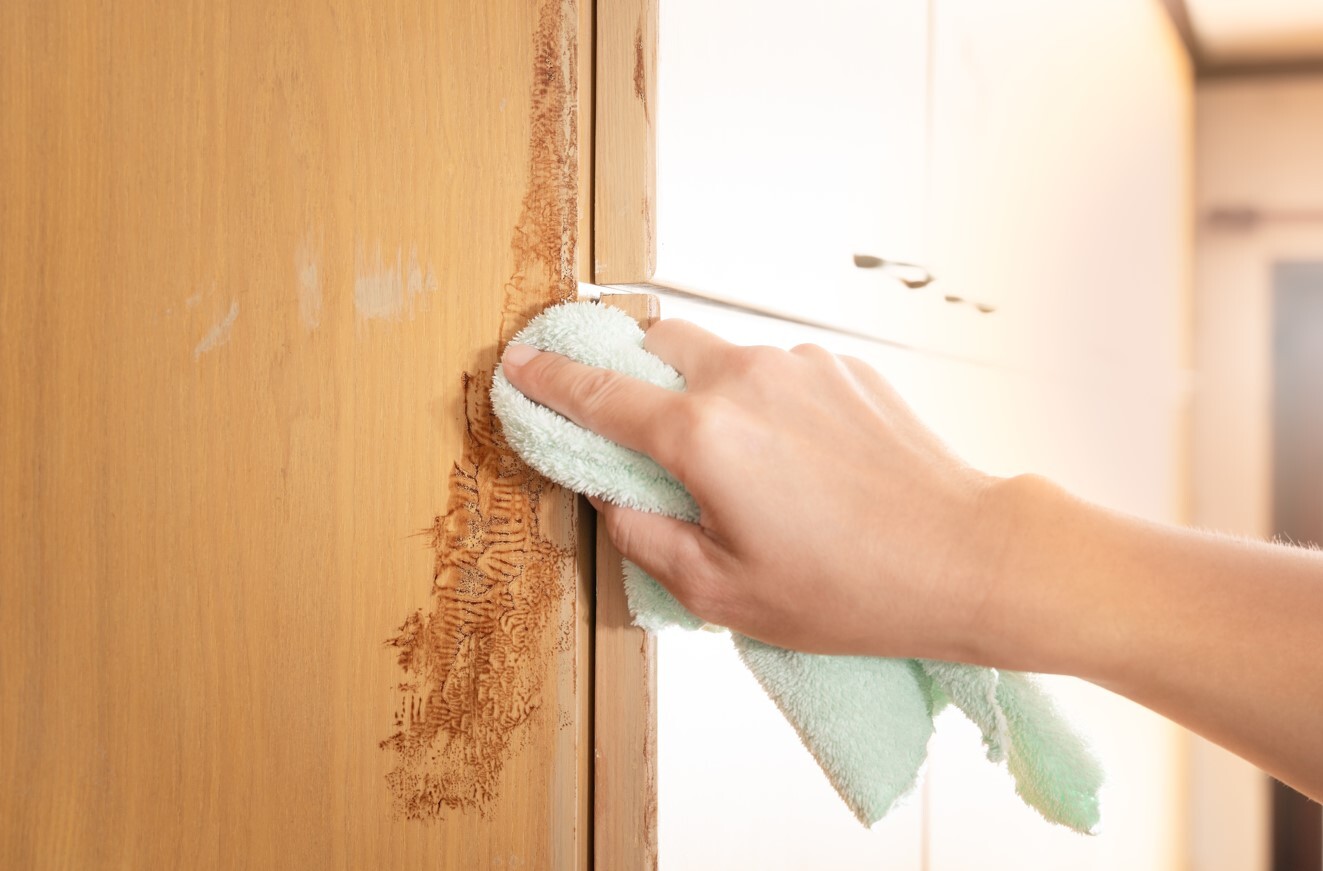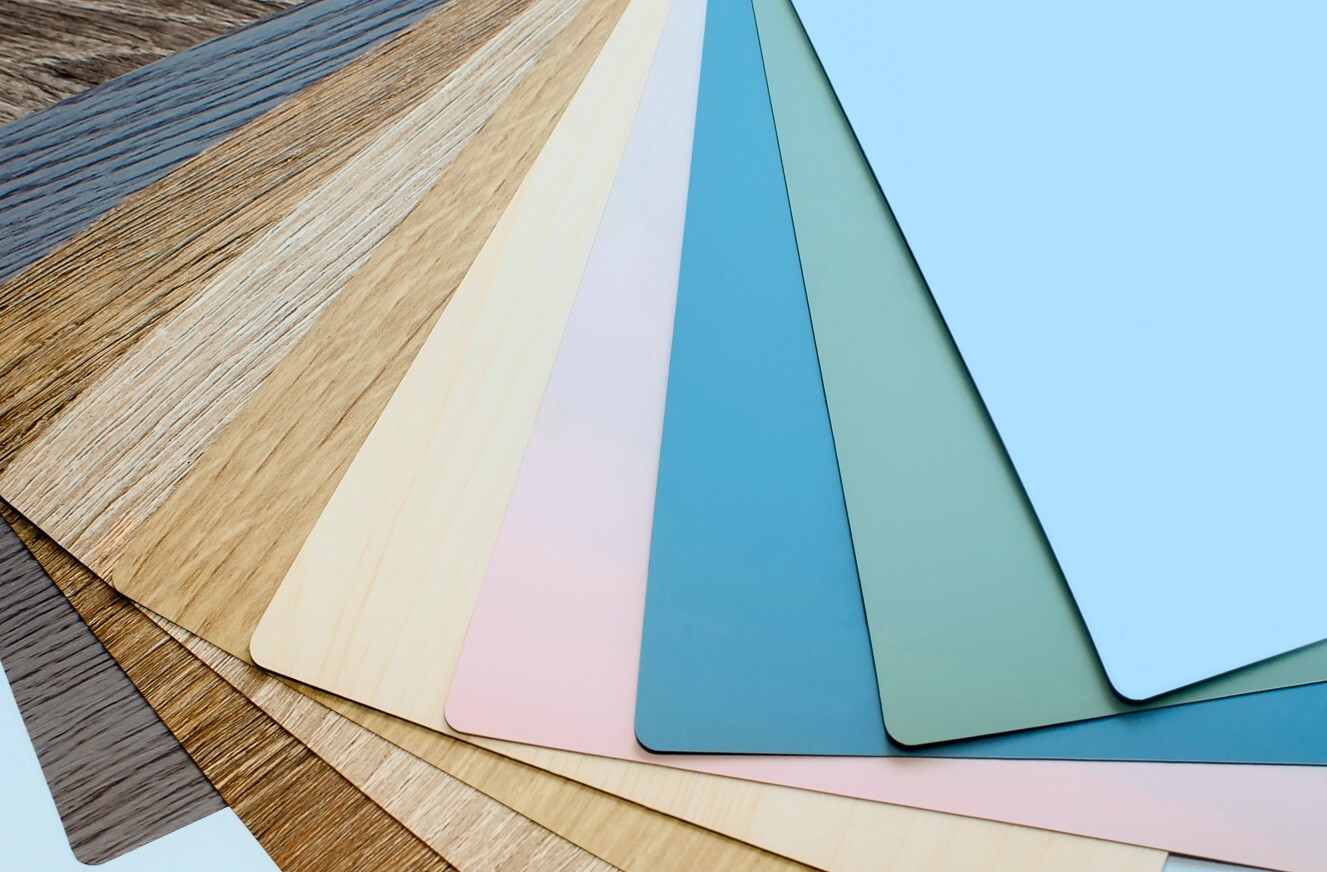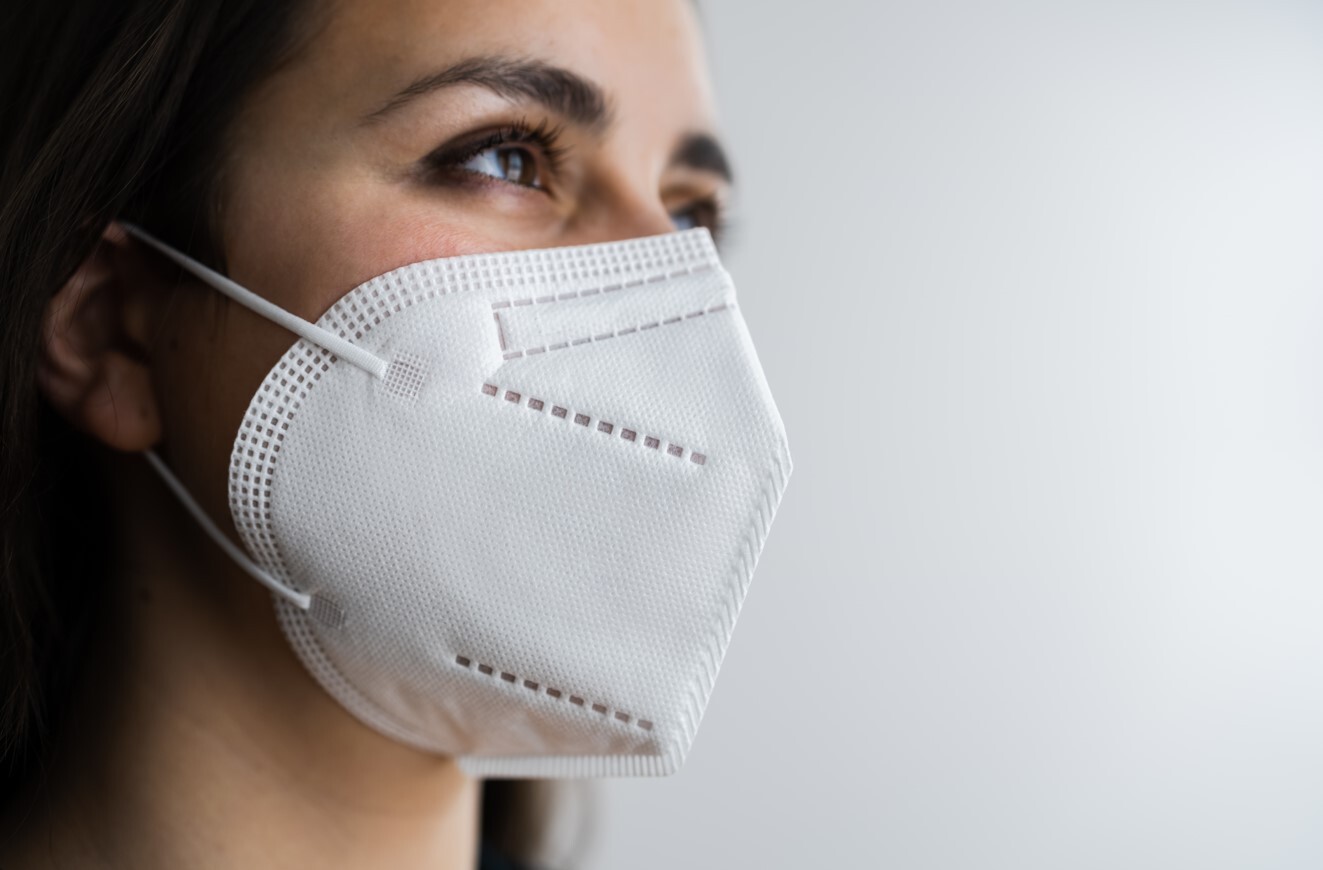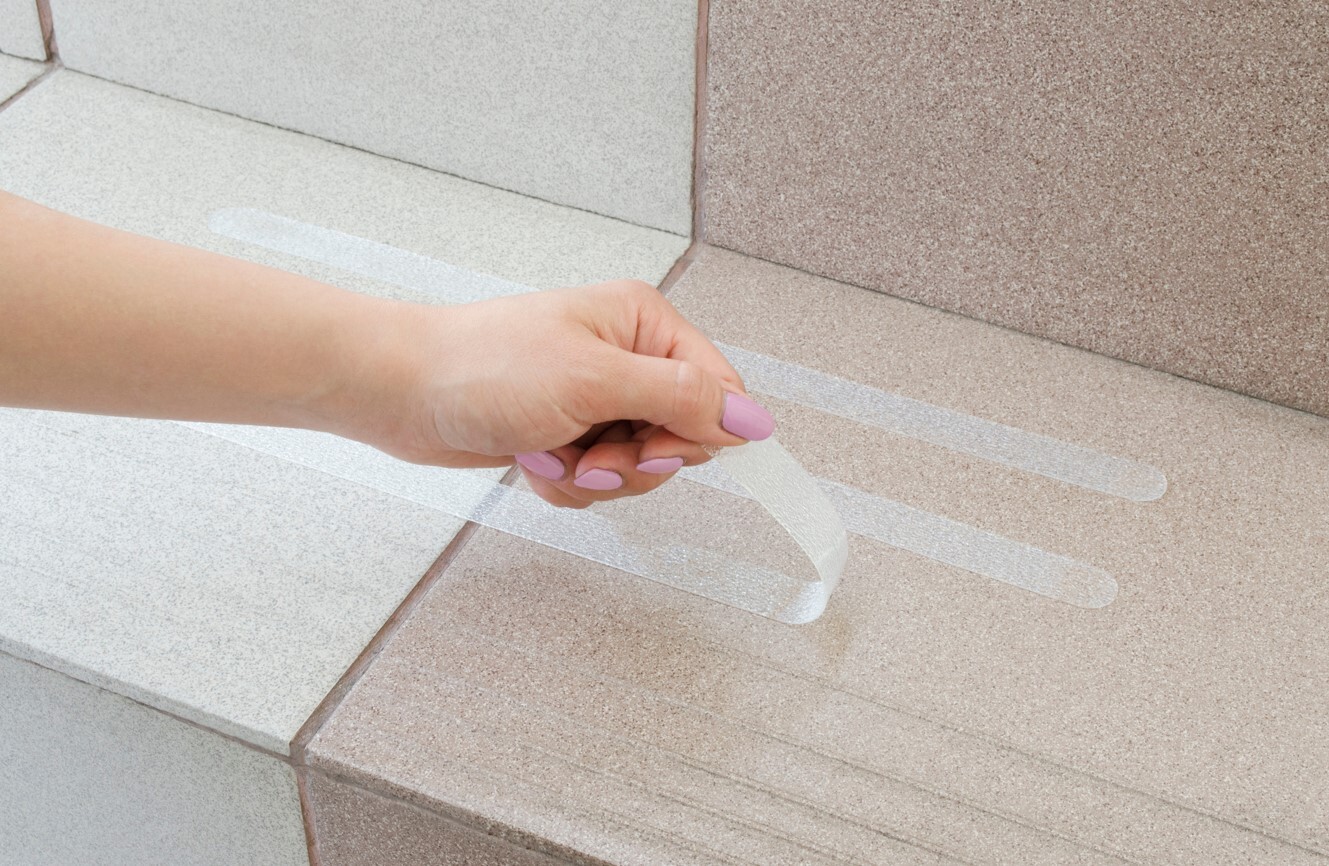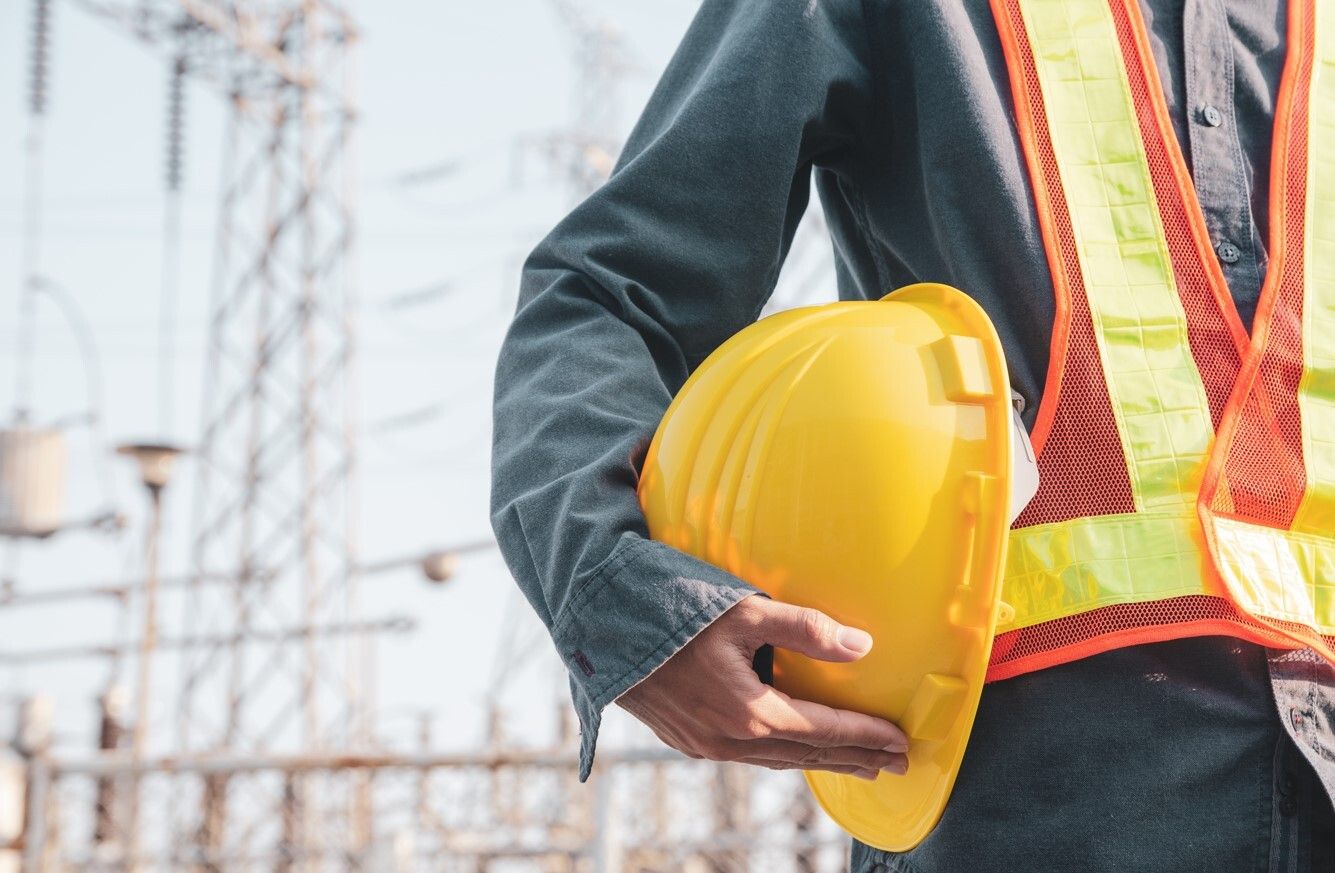Boat maintenance: from the keel to the sail
Boat maintenance in spring and autumn is an integral part of owning a watercraft. Some particularly enjoy spending a few extra stolen hours with their beloved boat, but some just like to get over the necessities. Regardless of the situation, the bottom line is that boat maintenance is a process that cannot be ignored, like UV, weather, salt and oxidation can leave a serious mark on our property. Let's take a look at what needs to be done to keep your vessel above the water through the next season!
From late autumn to spring, the biggest task, apart from making plans and setting goals, is to prepare the boat for the season. This can be done by yourself, by the marina as a service, or by a specialist workshop if the boat is still under warranty. Let's look at the most important items to check!

The rigging: the running and standing rigging
The heart and soul of a sailing boat is the rigging. Don't miss out on checking it. The running rigging is much easier to check, the standing rigging is more challenging. If you come across elements that are in worse than average condition, be sure to replace them, and if you're not sure, ask for professional help.
The sail: the snow-white windcatcher
Make sure the sail is intact! If you notice any tears or sewing errors, be sure to repair them! You can also do a lot to improve the condition of the sail when you are using it, for example by making sure it is not overstretched. And when you put it away for longer periods, it's a good idea to do so in a clean condition.
The engine: technical assistance
Safety is the number one priority and it is important to ensure that neither injury nor damage to property is the result of carelessness. That's why you should assess your skills and leave the repair to the professionals. Typical examples are electronics and engine repairs. Although they are tasks that require a specialist, it's worth having them checked every year.
The hull: the foundation of boat maintenance
Hull maintenance consists of three major stages: repair, washing and care. The first is an assessment of what damage needs to be repaired on the hull’s surface, all of which, even the smallest, need to be rectified. This is followed by cleaning, from the bottom of the boat to the floor, to the inner hulls. Last but not least, it is also important to ensure that in the future as little dirt as possible adheres to the surfaces and that the various elements, such as the sun and water, leave as few traces as possible.
Repairing damage
It is worth taking the time to repair even the smallest problems to avoid major damages. Damage to plastic hulls should be cleaned and polished, while for steel hulls the paint is the key factor, as the painted layer protects the boat from external influences. The maintenance of wooden hulls requires particular expertise, as they are the most exposed to the elements.
Surface cleaning
Surface cleaning can be done in several ways, using different types of detergents,shampoos, clean water and polishing sponges. Fine grit polishing can also be a good solution, as these polishes only remove the dirt that sticks to the surface, but do not cause deeper damage.

Algaecide and waxing
After cleaning, a protective layer of varnish or wax is applied to the surface. It is important to note here that the wax used in the automotive industry is not the same as that used for boats. In boats, waxing can be applied in a single coat up to 600 microns thick, whereas in cars, 6-8 coats can achieve 100 microns. In other words, boat wax is much more robust, which is understandable as it has to withstand much higher UV radiation.
Mould and algae growth is a particular problem in terms of deterioration. This is most easily controlled by the use of various anti-algaecides. All you need to do is coat the surface with an anti-algae layer!
The most important thing when it comes to boat maintenance is to only undertake work that you are 100% sure of! If you feel even a little unsure, be sure to ask the professionals for help, this will save you a lot of annoyance and possibly financial damage. Once you have done all the maintenance work, the last thing you need to do is to take care of the obligatory equipment for the sailing boat, such as the lifebelt, tools and first aid equipment! So you're ready for the season to start!
- Hits: 892


